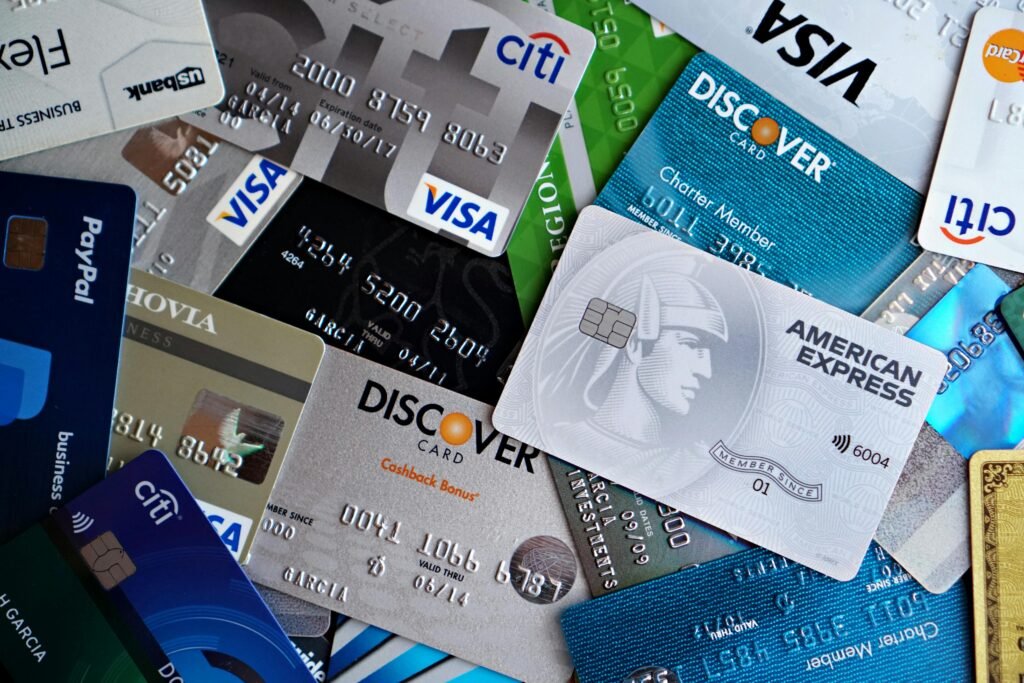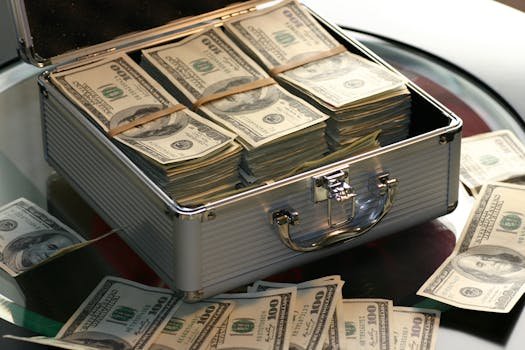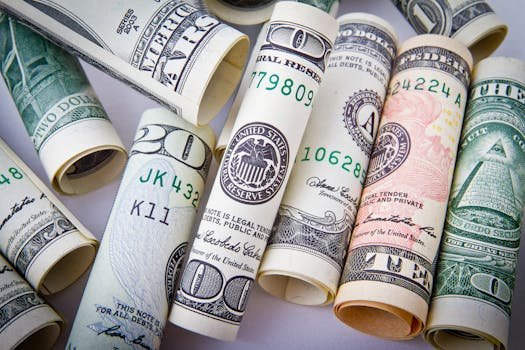Spread, Markups & Weekend Charges
You can be a disciplined traveler, a careful investor, and still lose 3–5% of every cross-border payment to hidden FX costs. The culprit isn’t only the obvious “fee”—it’s the spread (the gap between the real mid-market rate and the one you’re given), plus weekend markups, card surcharges, and the notorious DCC prompt that preys on hurry and fatigue. This guide demystifies the entire stack so you can keep those basis points for yourself.
Introduction: The hidden cost eating 3–5% of your money
Every time you buy in a foreign currency, move cash between currency balances, or withdraw abroad, two questions decide your outcome: what rate did you get, and what fees sit on top (or inside) that rate? Most people focus on headline fees—“0% commission!”—and miss the bigger leak: a worse exchange rate. That invisible haircut can eclipse any explicit fee, especially at airport kiosks and “no-fee” bank counters.
The typical traveler makes three mistakes: (1) accepting DCC (the ATM or POS “helpfully” charges in your home currency at a bad rate), (2) converting on weekends, when some providers add 0.5–1.0% markups, and (3) double converting—e.g., paying a USD bill from a EUR card that auto-converts EUR→USD at purchase, then later converting USD→EUR again to rebalance. Compound these and your real cost is often 4–8%.
The antidote is simple: know the mid-market rate, recognize spread vs fees, learn when cards are cheaper than transfers, and time conversions—batch on weekdays, avoid DCC, and hold the currencies you’ll actually spend. With a few habits, you’ll turn FX from a black box into a predictable line item you can shrink.
What is the mid-market rate?
Interbank rate / wholesale rate
The mid-market rate (often called the interbank or wholesale rate) is the midpoint between the bid and ask prices quoted by big banks and market makers trading currencies in size. It’s the benchmark—the price banks get with each other, not what consumers are quoted at a teller window or by most retail apps. When someone says “the real rate,” they mean mid-market.
Why is it the gold standard? Because it strips out the retail markup and gives you a neutral reference to measure spread. If you’re quoted EUR/USD at 1.0800 when the mid-market is 1.0900, your hidden cost is baked into that 1.0800.
Where to find the real rate (Google, XE.com, Bloomberg)
You don’t need a Bloomberg terminal to check. The mid-market is easy to see on Google, XE.com, Yahoo Finance, and countless FX trackers. Enter the pair (e.g., “USD to EUR”), note the spot rate, and compare it to your provider’s quote at the same time. Since FX moves every second, always check contemporaneously—a 20-minute gap can look like a worse spread when it’s just market drift.
Why you’ll never get exactly this rate
Retail customers almost never get the exact mid-market rate because providers need to cover costs (rails, compliance, liquidity) and earn a margin. The healthiest model is a transparent fee on top of mid-market (you see the real rate + a small explicit fee). The worst model is “no fee” marketing that hides a large spread inside the rate. You won’t hit mid-market, but you should aim to get close and to see the cost.
The FX spread explained
Buy vs sell rate
Foreign exchange is two-sided: a buy (what the provider pays to get the currency) and a sell (what it charges you). The difference is the spread. Example: If a kiosk buys EUR at 1.0700 and sells at 1.1100, the spread is 400 pips—that’s huge. A modern fintech might effectively run a spread equivalent of 0.35–0.8% all-in, often presented as mid-market rate plus a small fee.
How financial institutions profit
Banks and kiosks profit by widening the sell rate offered to you or narrowing the buy they’ll pay you back. Many institutions advertise zero commission then make money entirely from that gap. Fintechs that quote mid-market plus explicit fee flip the script: the rate is honest, and the fee is the margin. For big transfers, many brokerages offer institutional FX with razor-thin spreads.
Typical spreads: 0.3% (great) to 5%+ (terrible)
- 0.30–0.80%: Excellent for retail (fintechs, broker FX).
- 1.0–2.5%: Typical for mainstream banks and some travel cards.
- 3–5%: Poor (legacy banks, “no fee” offers).
- 5–10%+: Airport kiosks & tourist traps—avoid.
Even a “mere” 2% spread on €10,000 is €200 burned for nothing.
Fixed fee vs percentage markup
Some providers add a fixed fee (e.g., €2.50) plus a percentage. Fixed fees are fine for large transfers (they get diluted), but expensive for small conversions. If you convert in batches (fewer, larger), fixed fees hurt less. If you convert many small amounts, prefer pure percentage pricing with low spread.
“Start with a clean setup — see Multi-Currency That Doesn’t Bite.”
Types of FX fees
Explicit conversion fee (stated upfront)
This is the cleanest: you see mid-market 1.0900 and a fee, e.g., 0.45%, so you know the cost. Great for budgeting and comparing options. It’s how transparent FX should look.
Hidden spread markup (margin on rate)
“No commission” signage often means the fee is inside the rate. You’ll get 1.0650 when mid-market is 1.0900 and feel “fee-free”—until you do the math. Always compare against mid-market.
Foreign transaction fee (on cards)
Some cards add 1–3% to any transaction processed in a foreign currency, even if you choose local currency and decline DCC. Carry 0% foreign transaction fee cards for travel purchases.
Weekend/holiday markup
When markets are closed, several providers add 0.5–1.0% to protect against Monday gaps. You can avoid this by pre-converting on weekdays and spending from that currency pot.
Dynamic Currency Conversion (DCC)
At POS/ATM, a screen offers to charge in your home currency “for convenience.” The rate is nearly always awful (3–7% worse). Always decline DCC and choose local currency.
Weekend and holiday FX pricing
Why weekends cost more
FX markets largely close from late Friday to Sunday. Providers taking the other side of your weekend conversion can’t instantly hedge, so they charge a risk premium. That’s the weekend markup.
Which providers charge weekend fees
Many fintech wallets apply weekend markups for live conversions. If you pre-converted on Friday to a local-currency balance, you’re typically safe—spending that balance doesn’t trigger the weekend fee. Traditional bankcards often don’t show an explicit “weekend fee,” but the conversion may still be at a worse network rate after the weekend.
Typical weekend markup: 0.5–1%
Plan for +0.5–1.0% on Saturday/Sunday (and some bank holidays). For significant expenses—hotel folios, deposits—this is non-trivial.
How to avoid: convert on weekdays, hold currency
If you know you’ll spend €500 on the weekend, convert €500 on Friday into a EUR pot and pay from it. For longer stays, hold a working balance in the currencies you routinely spend (USD/EUR/GBP).
Provider comparison: who has the best rates?
Wise: Transparent mid-market rate
Wise quotes mid-market and adds a clearly stated fee per corridor—often ~0.35–0.8%. You can pre-convert into currency pots and avoid weekend markup by spending from those pots. Great transparency, strong for large personal transfers and everyday travel.
Revolut: Mid-market weekdays, markup weekends (free tier)
Revolut is competitive on weekdays; on weekends many tiers add a markup for live conversions. Pre-convert on Friday to dodge it. Paid tiers may include higher free allowances and better conditions.
Traditional banks: 3–5% markup typical
Legacy banks often use opaque rates with 2–4% embedded spread plus a 1–3% foreign transaction fee. It’s convenient, but you pay for it.
Credit cards: 0–3% foreign transaction fee
Some premium cards charge 0% FX on purchases—good for POS if you decline DCC. But remember: cards convert per transaction; they’re rarely cheapest for big currency moves compared to transfers.
Currency exchange kiosks: 5–10% markup (avoid!)
Airport kiosks and tourist counters are designed for impulse and urgency. The convenience tax is brutal. Only use in emergencies—and then exchange the bare minimum.
Card vs transfer: which is cheaper?
Paying by card abroad (FX at point of sale)
A 0% FX card + local currency payment is often good enough for small, everyday purchases. You avoid explicit fees, and the network rate is decent—if you decline DCC. Cards also bring chargeback protection.
Transferring money (bulk conversion)
If you’re moving larger sums—rent deposit, school fees, funding a brokerage—use a transfer service that gives mid-market + explicit fee. Bulk conversion beats per-transaction card FX, and you’ll avoid card cash advance traps.
When cards win, when transfers win
- Everyday spending (<$500): Card (0% FX), decline DCC.
- Bills, rent, funding ($1k–$10k+): Transfer (mid-market + low fee).
- Weekend spending: Card is fine if you’re not converting; or pre-convert before the weekend.
Large amounts: always use a transfer
Cards aren’t designed for large FX moves. Even with 0% FX, the network rate isn’t guaranteed to beat mid-market + 0.4% from a good transfer provider. Do the math—on $20k, 0.4% vs 2% is $320 vs $400 in savings.
Rate alerts and timing your exchanges
Setting up rate alerts (Wise, XE)
Create alerts at target levels (e.g., EUR/USD at 1.1000). Your phone pings when the market reaches your desired rate, and you can convert immediately—on a weekday.
Volatility and when to lock in rates
If you’ll need a large amount in a few weeks and the rate is favorable now, consider locking some portion. Don’t gamble your rent on tomorrow’s rate.
Forward contracts (for large amounts)
For very large planned payments (tuition, property), specialized brokers offer forwards—you agree a rate now for a future date. This removes rate risk but can involve margin or commitments; not typical for casual travelers, but powerful for businesses.
Don’t try to time the market (for small amounts)
For day-to-day travel money, obsessing over 10 pips wastes time and stress. Your biggest savings still come from avoiding DCC, ducking weekend markups, and choosing a low-spread provider.
Conversion hygiene: best practices
Minimize number of conversions
Each conversion takes a bite. Pay USD from USD, EUR from EUR. Fewer hops = fewer spreads and fees.
Hold currencies you’ll spend
If you routinely spend EUR and GBP, keep working balances. Top up on weekdays. This also shields you from weekend FX.
Batch conversions for better rates
Fixed fees get diluted on bigger amounts. Convert €1,000 once, not €100 ten times. (Still, don’t hold more than you need in uninsured e-money accounts—balance risk and convenience.)
Avoid double conversions (EUR → USD → EUR)
Double hops quietly kill you. If you must pay a USD bill and you only have EUR, convert once at a known low spread. Don’t pay the bill in EUR and let the merchant or network convert at their rate.
Hidden fees in “zero fee” offers
“No commission” doesn’t mean good rate
The commission can be zero while the spread is massive. Compare the offered rate to mid-market in real time. The difference is your true cost.
Reading the fine print
Scan for phrases like “our rate includes a margin” or “may differ from market rate.” Also check weekend terms, ATM fees, foreign transaction fees, and caps (free allowance, then a fee).
Calculating effective rate
Effective rate = (amount you pay in base currency) ÷ (amount you receive in foreign currency).
Compare that to mid-market. The percentage difference is your total cost (spread + fees).
Example (effective rate math)
Mid-market: 1 USD = 0.9200 EUR. Provider gives you €896.00 for $1,000.
Effective rate = 896 / 1000 = 0.8960 (vs 0.9200).
Cost = (0.9200 − 0.8960) / 0.9200 = 2.61% all-in.
Real-world cost calculations
Scenario 1: $1,000 USD → EUR comparison
- Transparent fintech: Mid-market 0.9200, fee 0.45% → you receive €915.86 (cost ≈ 0.45%).
- Bank “no fee” counter: Quoted 0.8950 → €895.00 (cost vs mid-market ≈ 2.72%).
- Airport kiosk: Quoted 0.8700 → €870.00 (cost ≈ 5.43%).
Result: picking provider well saved €45–€75 on a single $1,000 conversion.
Scenario 2: Monthly spending in foreign currency
Monthly foreign spend: €1,500 across POS + 2 ATM withdrawals.
- 0% FX card (decline DCC): network rate, no FX fee → assume ~0.2–0.5% effective drift.
- Card with 3% FX fee: +€45/month.
- Fintech wallet pre-converted Friday: spend from EUR pot → near 0 FX drift; ATM fees depend on allowance.
Over a year, a 3% fee on €18,000 is €540—a flight.
Scenario 3: Annual FX cost for a typical nomad
Assume $36k annual foreign spend, $12k FX transfers (rent, deposits).
- Using 0% card + good transfer (0.45%) → ~$54 on transfers + minimal card drift.
- Using 3% card + bank wire at 2% → $360 (wire) + $1,080 (card) = $1,440.
Savings by switching habits: ~$1,300 per year.
Tools to check if you’re getting a fair rate
Mid-market rate checkers
Google, XE, Yahoo Finance: check live mid-market. Take a screenshot before converting—handy if you’re comparing providers or disputing a “guaranteed rate.”
Fee calculators
Many fintechs show all-in cost before you commit—screenshot it. You can also DIY: Effective rate vs mid-market = true cost%.
DIY template (copy-paste):
Base currency amount: ________
Quoted rate: ________
Fees (fixed+%): ________
Foreign currency you’ll receive: ________
Mid-market rate now: ________
Effective rate (received/base): ________
All-in cost % = (Mid - Effective) / Mid
Transparency reports from providers
Look for providers that publish fee tables and rate sources. If a provider can’t state “we use mid-market and add fee X,” assume the margin hides elsewhere.
Your FX conversion checklist
Before you convert
- Check mid-market right now (Google/XE).
- Compare providers: mid-market + explicit fee beats “no fee.”
- If it’s Friday, pre-convert weekend spend into a local-currency pot.
At POS/ATM
- Decline DCC; always choose local currency.
- Use a 0% FX card for small/medium purchases.
- For ATMs, prefer bank-branch machines; withdraw larger, less often where surcharges are fixed.
For large amounts
- Use a transfer with transparent pricing (target ≤0.8% all-in).
- Batch conversions to dilute fixed fees.
- Avoid double hops (EUR→USD→EUR). Convert once.
Ongoing habits
- Set rate alerts; convert on weekdays.
- Hold small working balances in the currencies you actually spend.
- Keep screenshots of quotes; calculate effective rate when in doubt.
Master the spread, sidestep weekend markups, and kill DCC. Your “FX tax” drops from 3–5% to ~0.3–0.8%, and that compounding difference—month after month—quietly pays for the next trip.
Comparing cards? sanity-check caps in Wise vs Revolut vs N26; if you must withdraw, plan it with ATM Strategy for Travelers.



